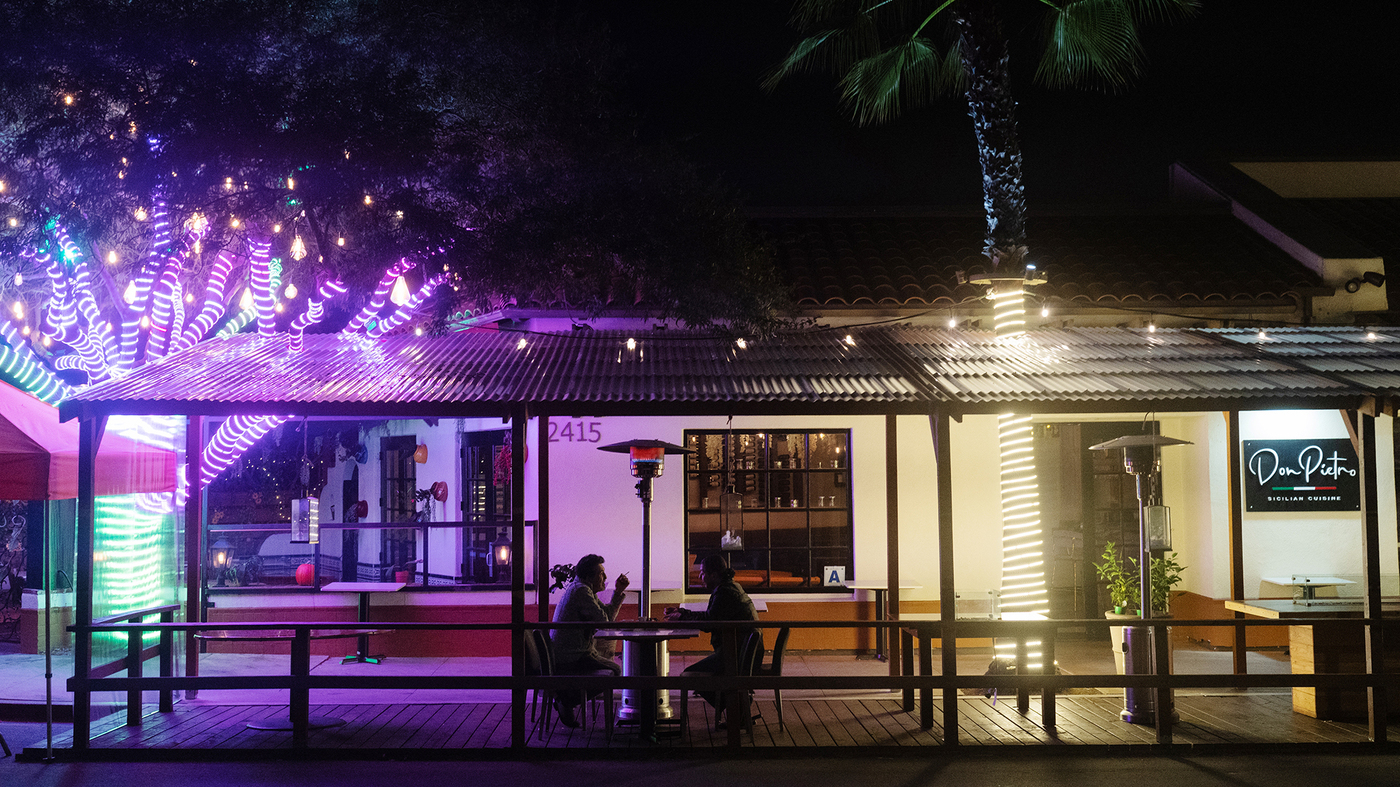You are here
 How Do We Stop This Surge? Here's What Experts Say Could Help The U.S. added more than 1 million cases in the past week. More than 85,000 people are hospitalized. Some states may have no choice but to lock down again. Others are trying a targeted approach. NPR.org
How Do We Stop This Surge? Here's What Experts Say Could Help The U.S. added more than 1 million cases in the past week. More than 85,000 people are hospitalized. Some states may have no choice but to lock down again. Others are trying a targeted approach. NPR.org As the U.S. wades deeper into a brutal fall surge of the coronavirus, Americans are living under a growing list of restrictions aimed at curbing the exponential rise of COVID-19.
They come in all shapes and sizes.
California has resorted to a curfew. Other states — including Oregon and Washington — have moved to partial lockdowns, shuttering sectors of the economy and limiting social gatherings. Quite a few states are trying to find a middle ground that staves off the economic pain of closing businesses altogether and ordering people to stay home.
But given the unrelenting advance of the virus, can these varied approaches make a difference? Or is it delaying the inevitable return to the sweeping lockdowns of the springtime?
"It's really hard to slow it down once it gets going like this," says Don Milton, professor at the University of Maryland School of Public Health. "That's when these awful draconian measures come into play."
The Trump administration has reiterated that any kind of national lockdown is off the table.
A top adviser to President-elect Joe Biden has even pushed back on using the term "lockdown" to describe what many states did during the spring and has indicated that would be too heavy-handed a response.
Yet the U.S. faces continued growth in cases — with more than 1 million in the last week alone and an all-time high of over 85,000 hospitalizations. For the dark weeks ahead, the scattershot approach to the pandemic — where each state or region is left to sort out the trade-offs — will likely define the U.S. public health response.
"We're going to see a sputtering of shutdowns in the same way that we saw only haphazard shutdowns in March, April and May," says Dr. Michael Mina, a professor at the Harvard T. H. Chan School of Public Health, who has advocated for a nationwide rapid testing program.
"My concern is this is going to lead to the worst of all options, where we're going to have massive economic destruction and the virus is barely going to be dented at a national level."
To see a place that's returned to strict lockdown, look to New Mexico.
Calling it a "matter of life and death," Gov. Michelle Lujan Grisham ordered residents to shelter-in-place on Nov. 16 and closed all "nonessential" businesses for two weeks. (This does not include big-box retailers.)
Broad lockdowns do work as a measure of last resort, says Ana Bento, an assistant professor at the School of Public Health at Indiana University Bloomington.
It's the simplest, most blunt tool to break the chain of transmission, which reduces the probability of people getting infected and lightens the load on the health care system.
"That's the whole purpose of it," Bento says. ...



Recent Comments